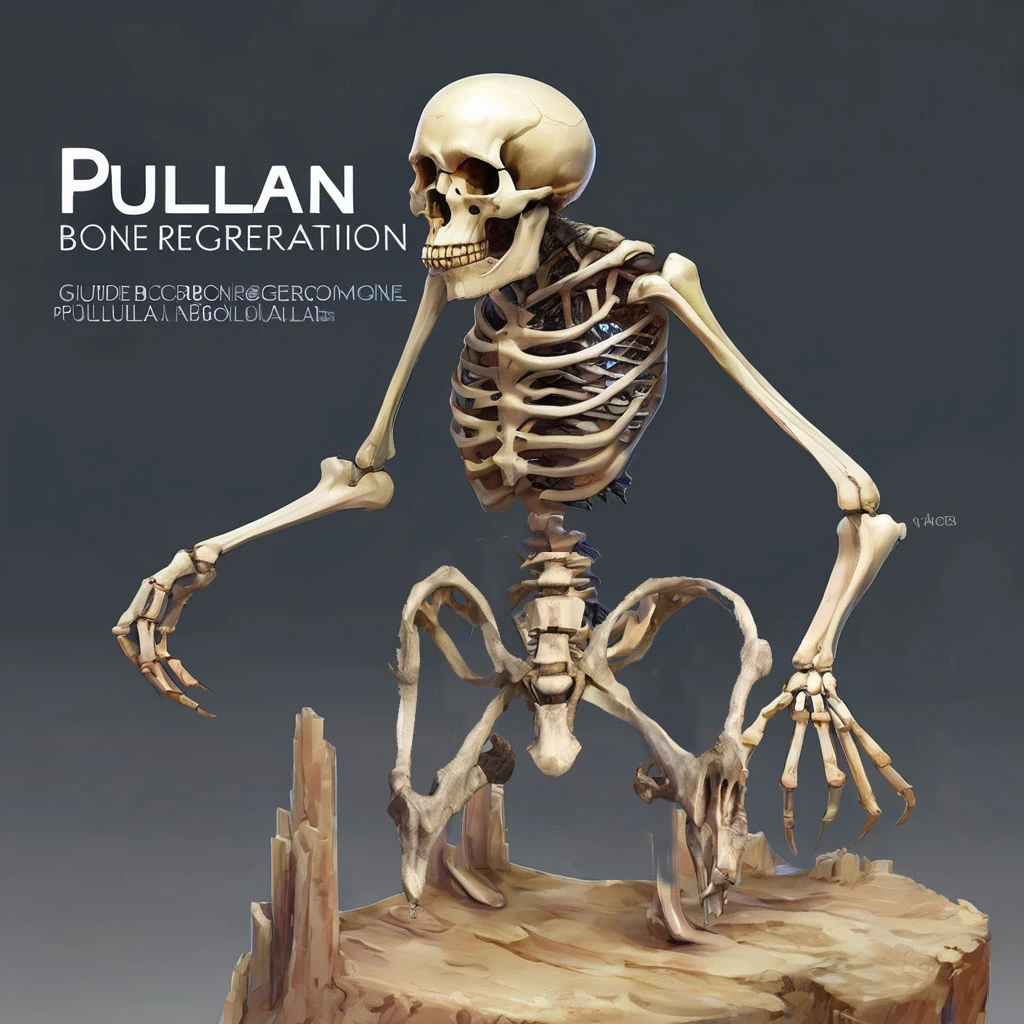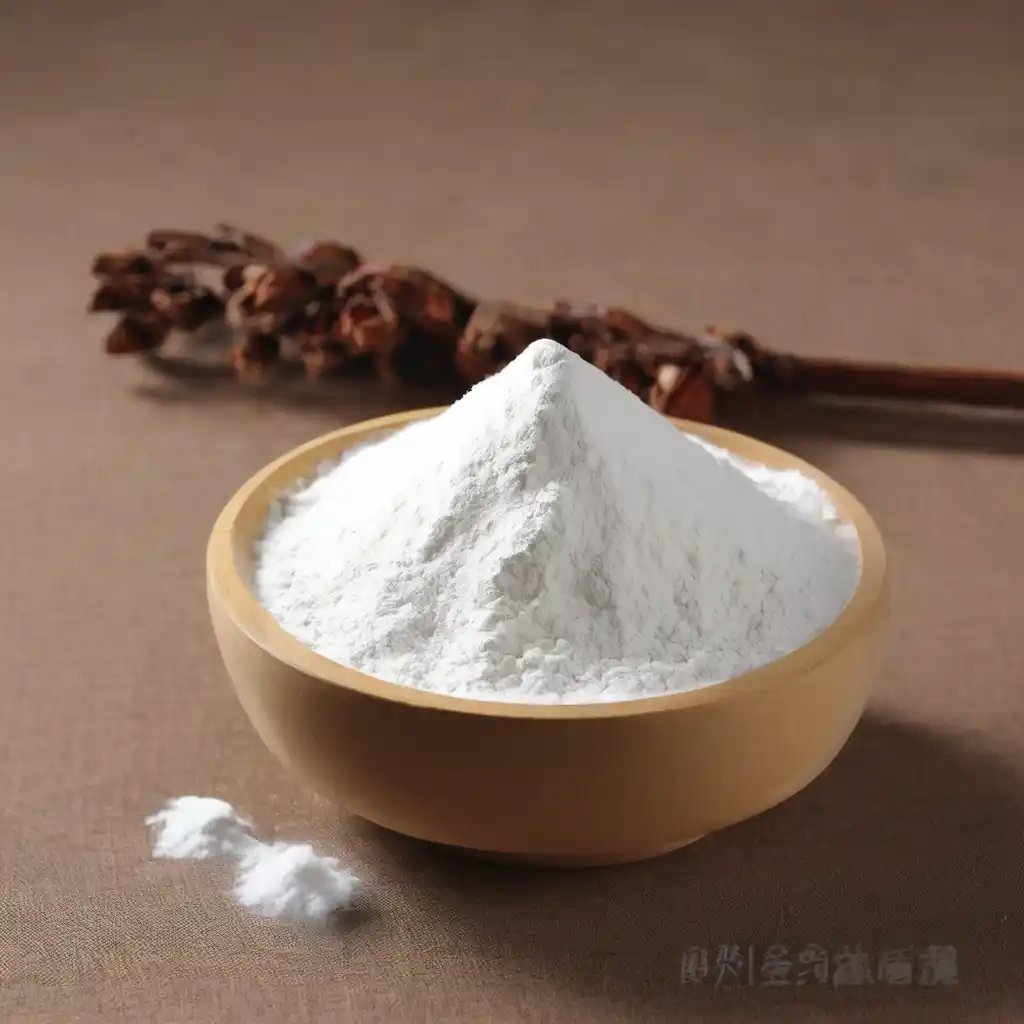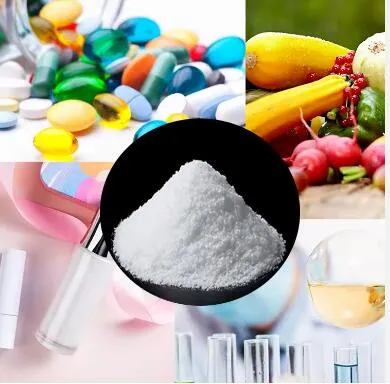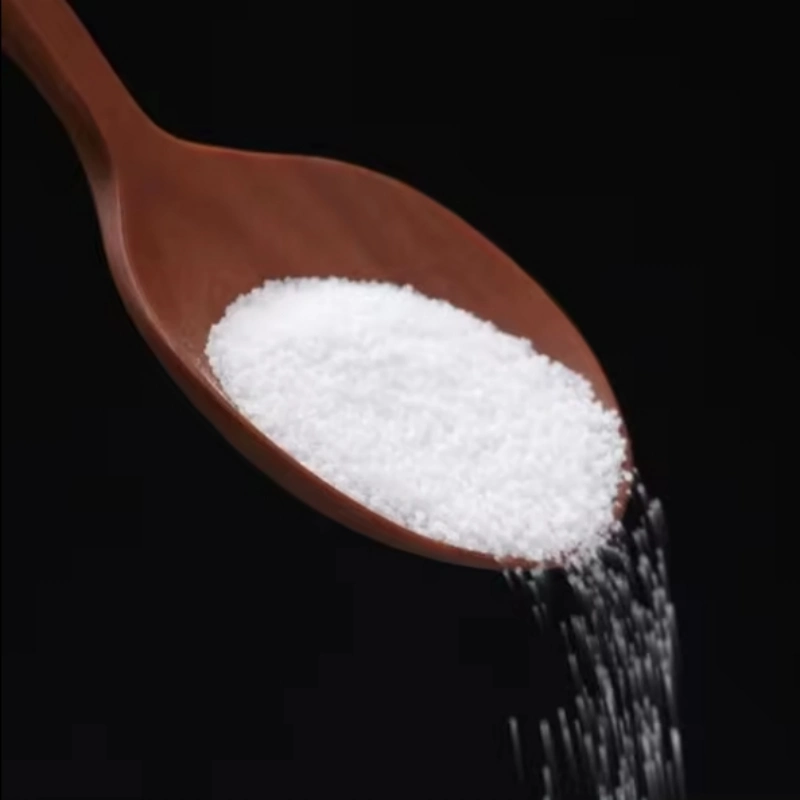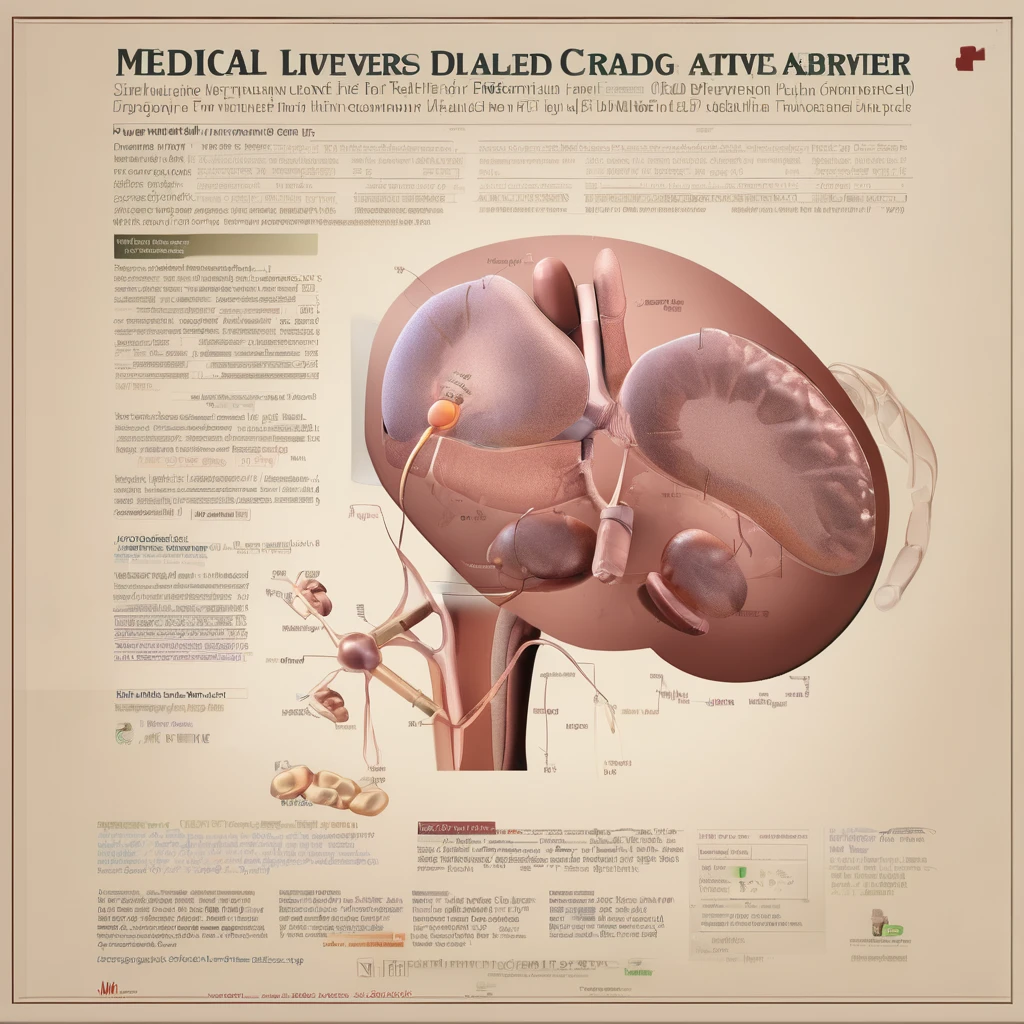Pullulan for Guided Bone Regeneration: A Comprehensive Review
Guided bone regeneration (GBR) has emerged as a pivotal technique in the field of dentistry and maxillofacial surgery for the reconstruction of bone defects. One of the key components in GBR procedures is the scaffold material, which plays a crucial role in providing structural support and promoting tissue regeneration. In recent years, pullulan, a polysaccharide derived from microbial fermentation, has garnered significant attention for its potential application in GBR due to its unique properties.
Properties of Pullulan
Pullulan is a linear polysaccharide composed of repeating units of maltotriose, connected by α-1,6 glycosidic linkages. It is biocompatible, biodegradable, and non-toxic, making it an ideal candidate for biomedical applications. Pullulan also possesses excellent film-forming properties, high water solubility, and good mechanical strength, which are desirable characteristics for scaffold materials used in tissue engineering.
910356.webp)
Mechanism of Action in Guided Bone Regeneration
In GBR procedures, the scaffold material serves as a barrier to prevent soft tissue ingrowth into the defect site, allowing for selective cell repopulation and bone formation. Pullulan-based scaffolds create a conducive environment for osteoblast proliferation and differentiation while inhibiting the migration of fibroblasts and epithelial cells. Moreover, pullulan can be modified to incorporate bioactive molecules such as growth factors or antimicrobial agents, further enhancing its efficacy in promoting bone regeneration.
Preparation and Modification of Pullulan-Based Scaffolds
Various techniques, including solvent casting, electrospinning, and 3D printing, have been employed to fabricate pullulan-based scaffolds with tailored properties. Chemical modifications such as crosslinking or surface functionalization can also be utilized to enhance the stability and bioactivity of the scaffolds. These strategies enable the customization of pullulan-based scaffolds to suit specific clinical requirements and optimize their performance in GBR applications.
In Vitro and In Vivo Studies
Numerous in vitro studies have demonstrated the biocompatibility and osteogenic potential of pullulan-based scaffolds, as evidenced by favorable cell adhesion, proliferation, and mineralization. In vivo studies in animal models have further confirmed the ability of pullulan scaffolds to promote bone regeneration and defect healing with minimal adverse effects. These findings underscore the promising prospects of pullulan in GBR and its potential translation into clinical practice.
Challenges and Future Directions
Despite the significant advancements in pullulan-based scaffolds for guided bone regeneration, several challenges remain to be addressed. These include the optimization of scaffold architecture, incorporation of bioactive cues, and enhancement of mechanical properties to mimic the native bone microenvironment more closely. Future research efforts should focus on refining pullulan-based scaffolds through innovative design strategies and conducting rigorous preclinical and clinical evaluations to validate their safety and efficacy.
Conclusion
In conclusion, pullulan holds great promise as a scaffold material for guided bone regeneration, owing to its favorable properties, biocompatibility, and potential for modification. By providing a supportive framework for osteogenic cell growth and tissue ingrowth, pullulan-based scaffolds offer a viable solution for the reconstruction of bone defects in dental and orthopedic applications. Continued research endeavors are warranted to harness the full therapeutic potential of pullulan in facilitating bone regeneration and advancing the field of regenerative medicine.
Pullulan Manufacturer
Introducing Shandong Mimei Biotechnology Co., Ltd., a pioneering force in the realm of Pullulan-based products, especially tailored for Guided Bone Regeneration (GBR). With our roots firmly established in China since 2019, we have emerged as a foremost manufacturer and supplier of Pullulan and related bio-polysaccharide solutions.
With a relentless focus on innovation and customer satisfaction, Shandong Mimei Biotechnology Co., Ltd. stands poised to revolutionize the landscape of Guided Bone Regeneration, offering cutting-edge Pullulan solutions that redefine the boundaries of possibility. Experience the pinnacle of excellence with us as we pave the way for a brighter, healthier future. Order now!
